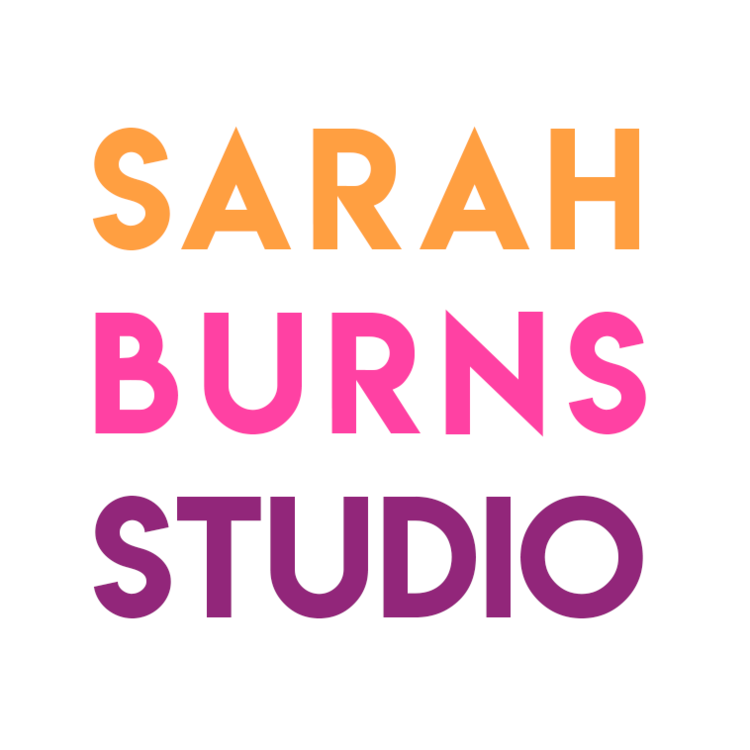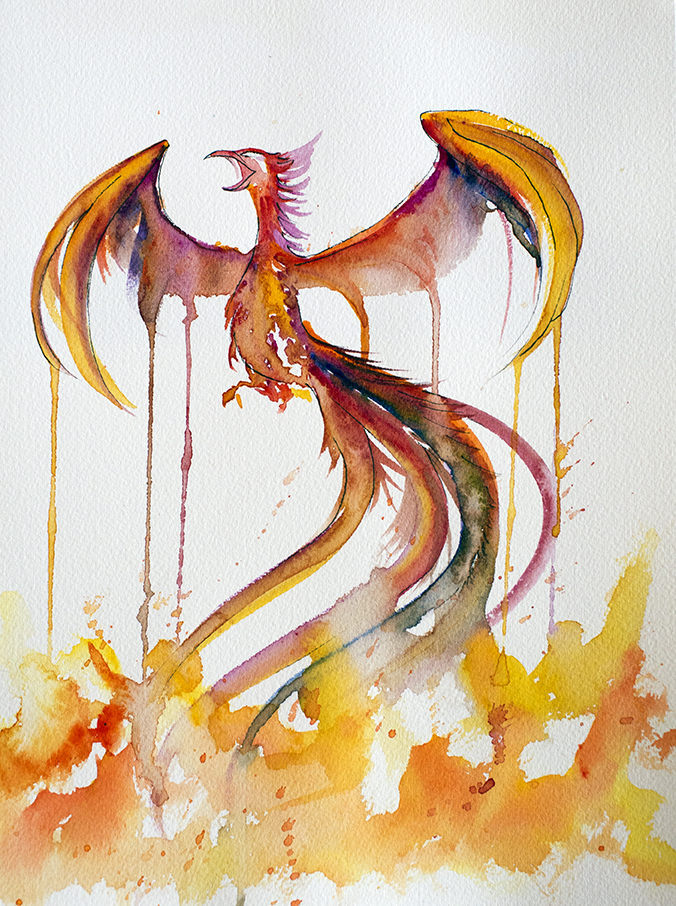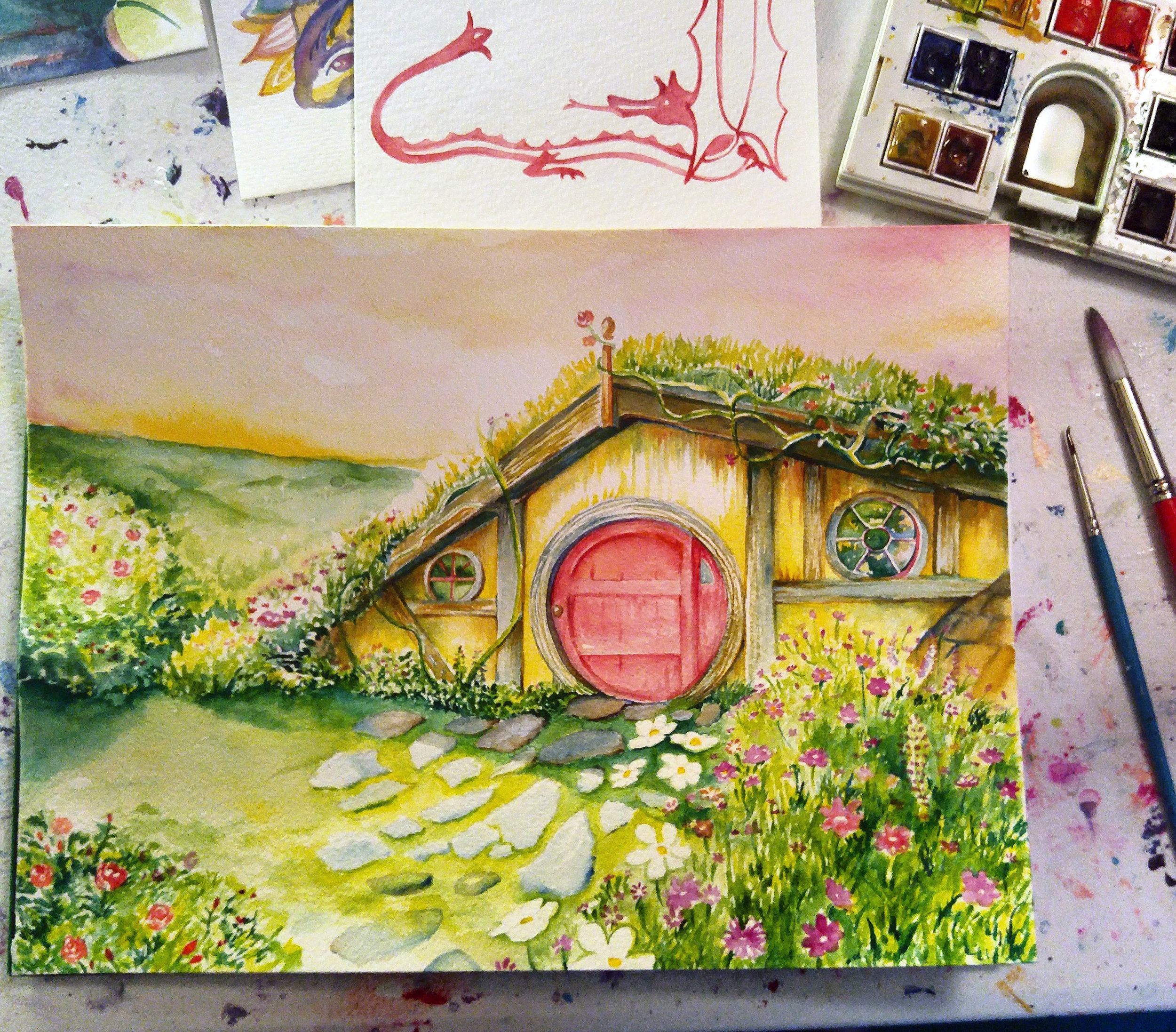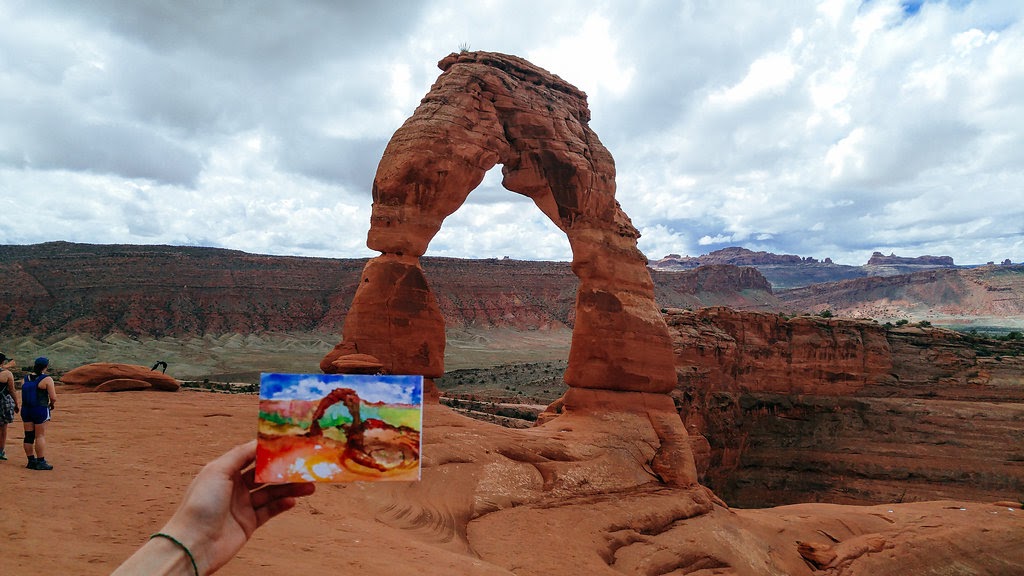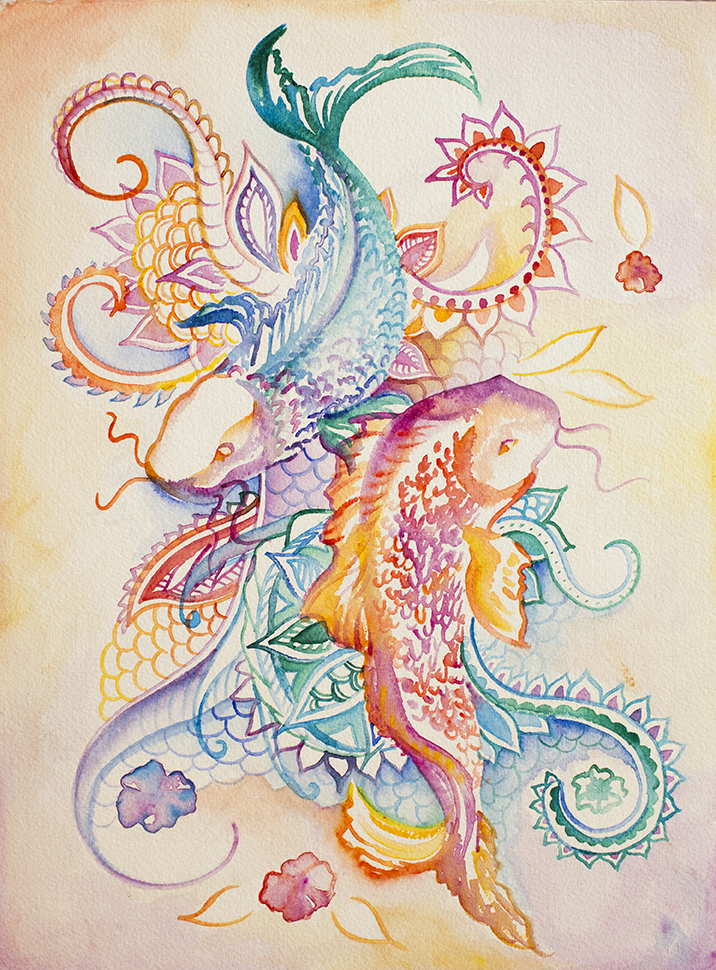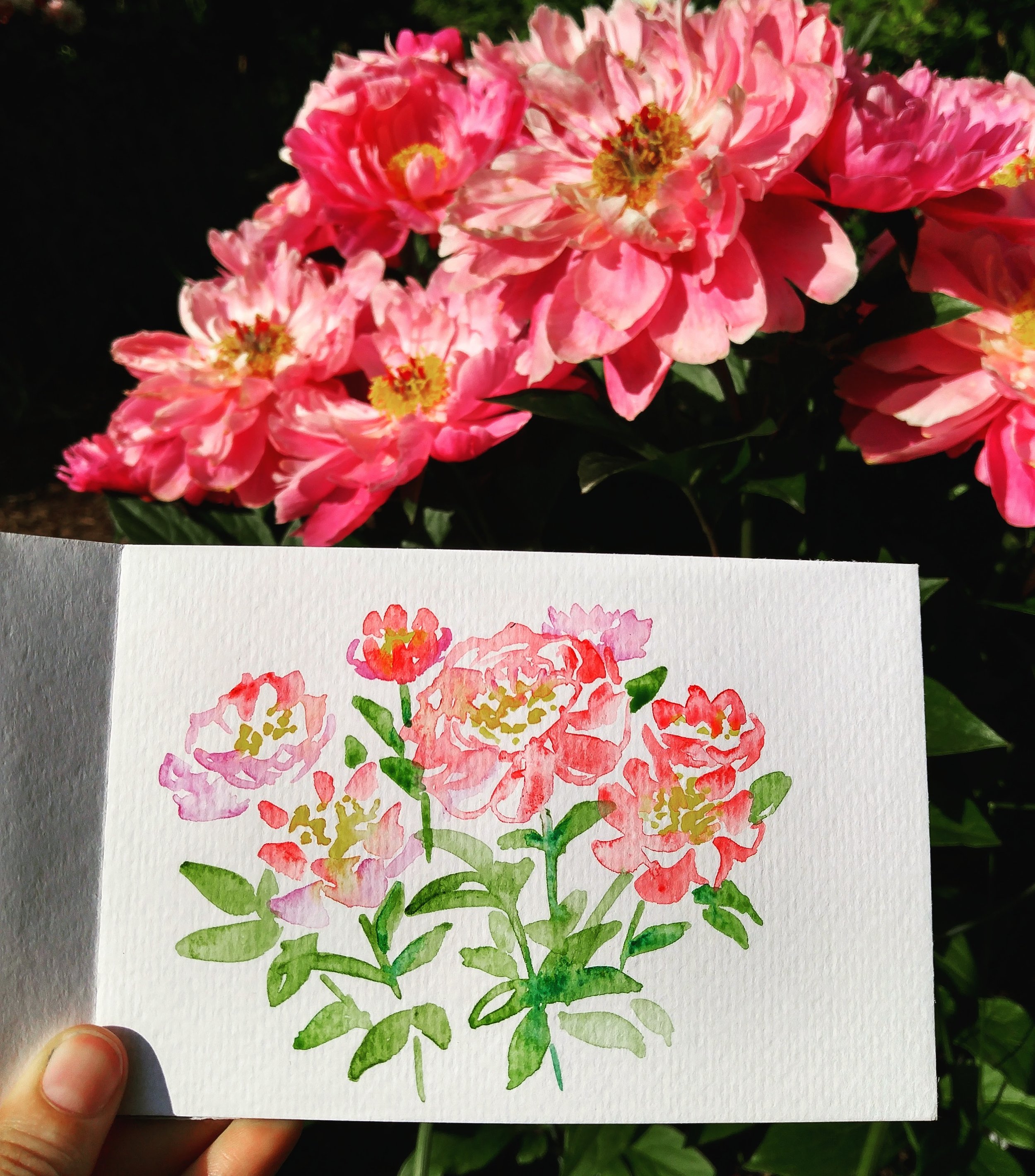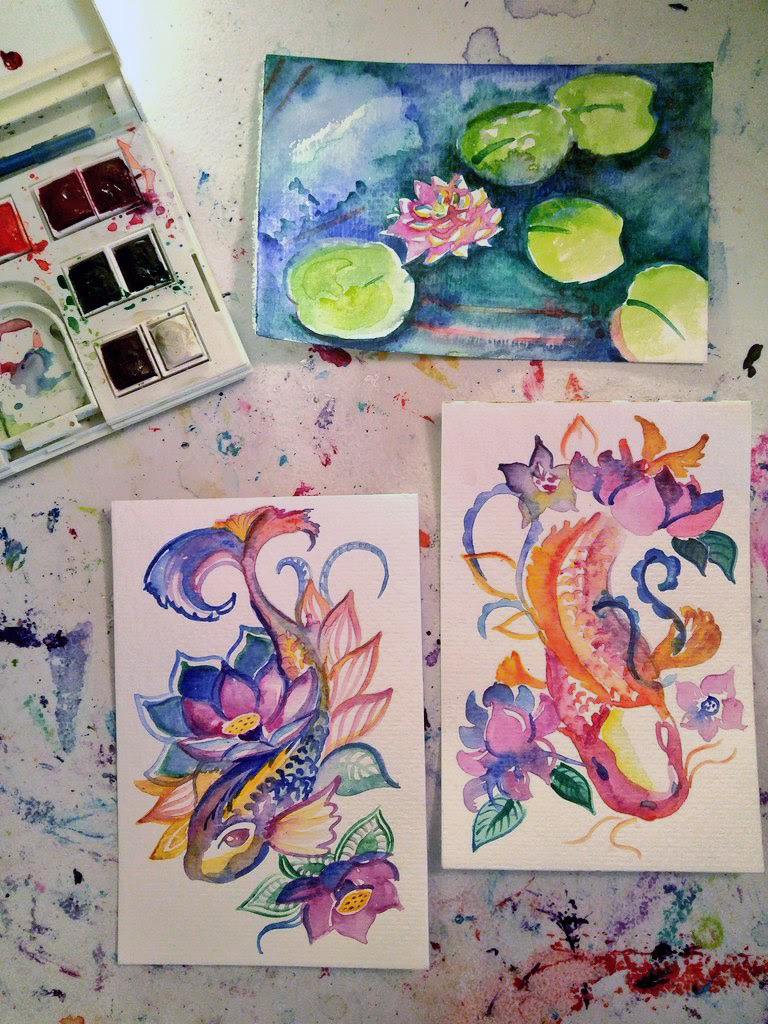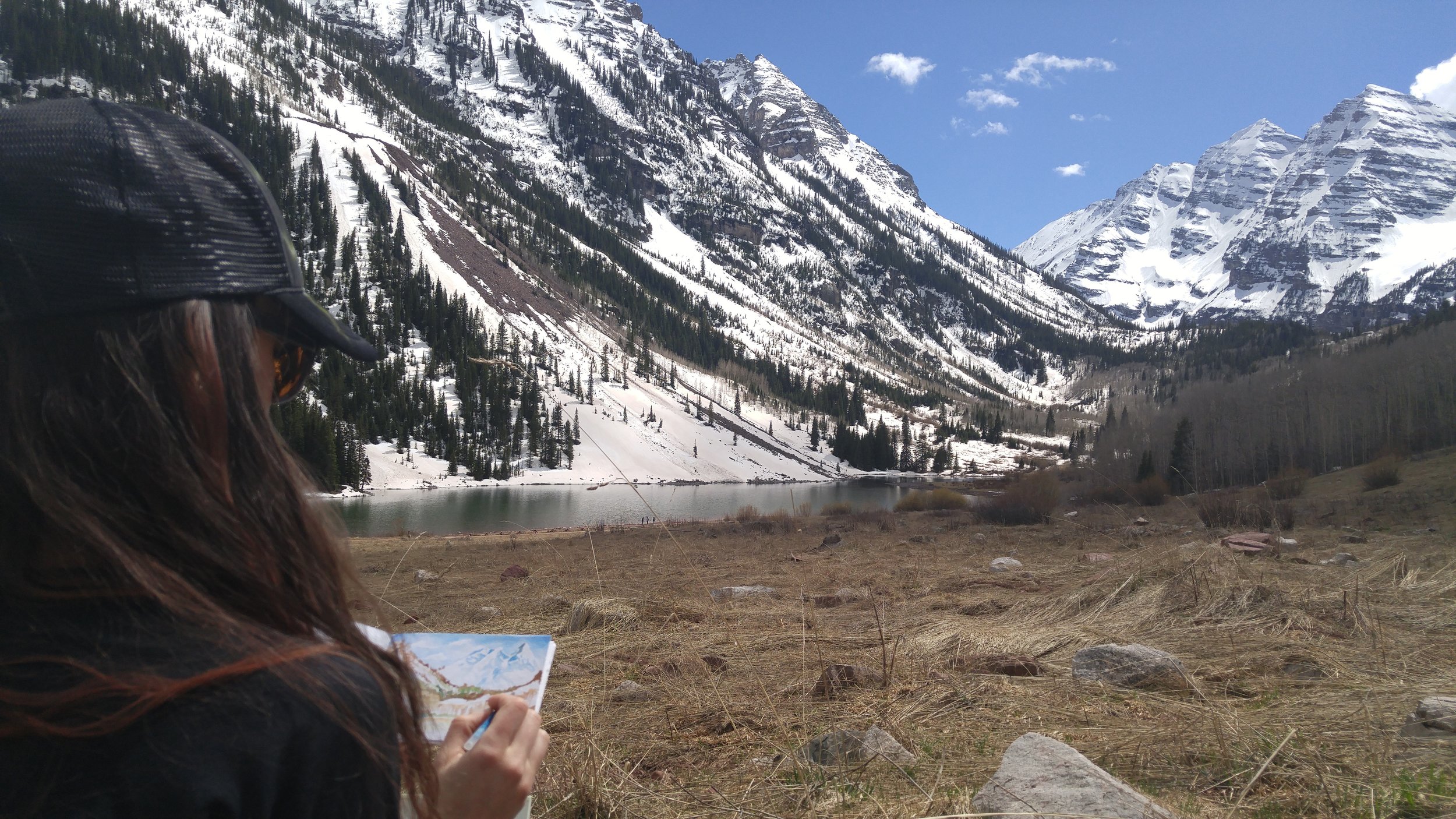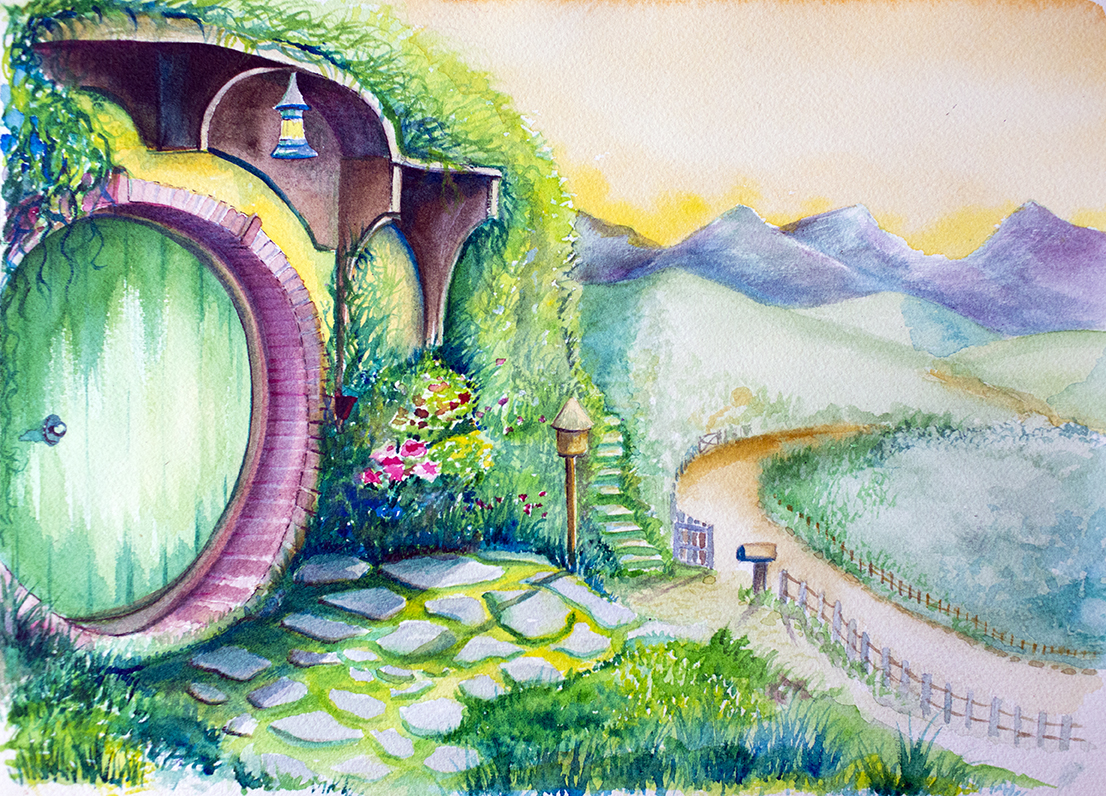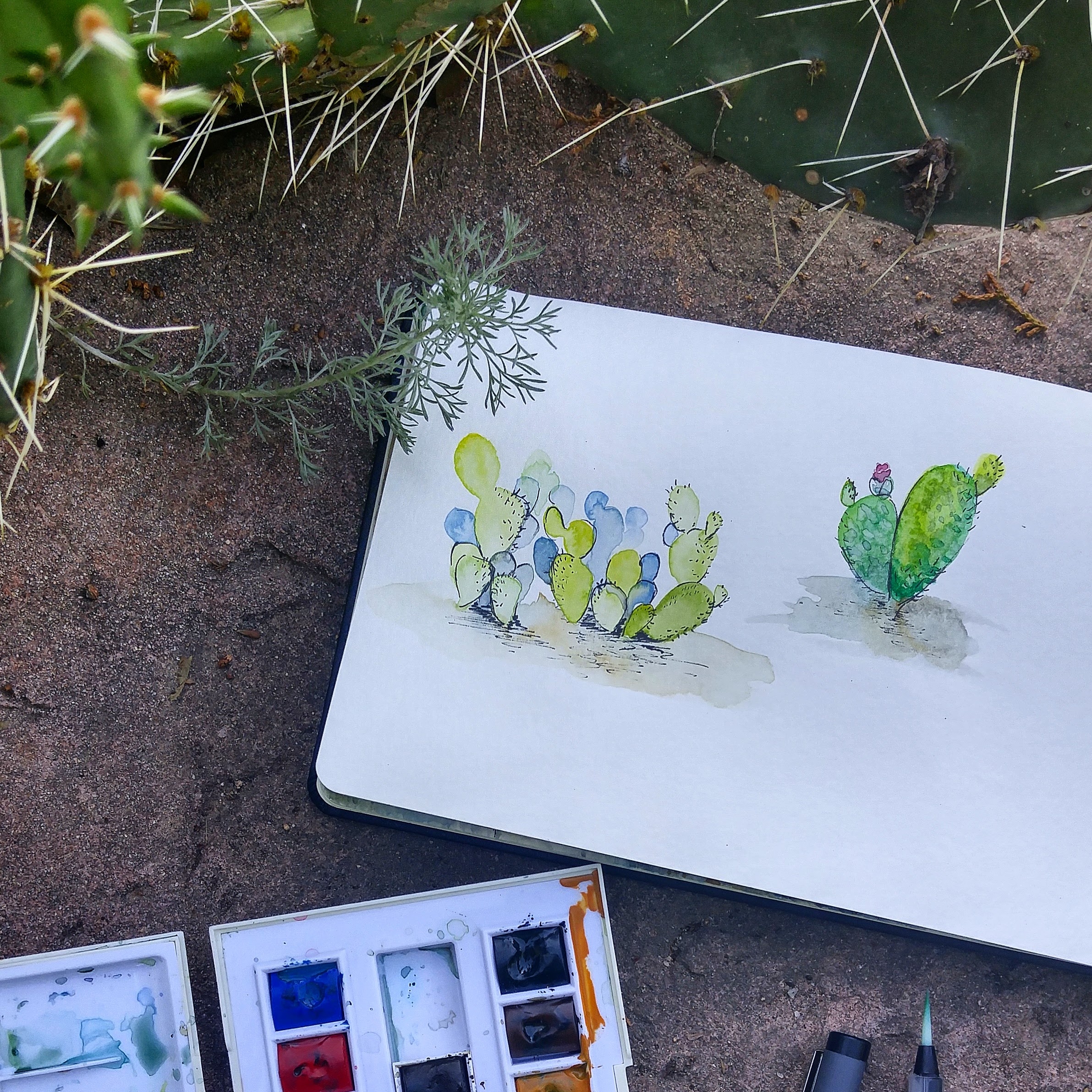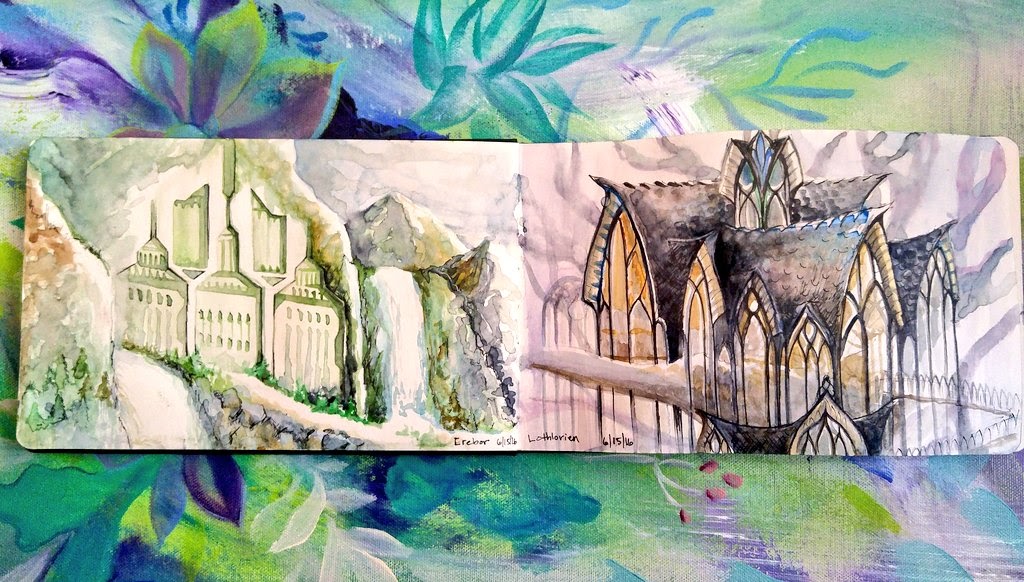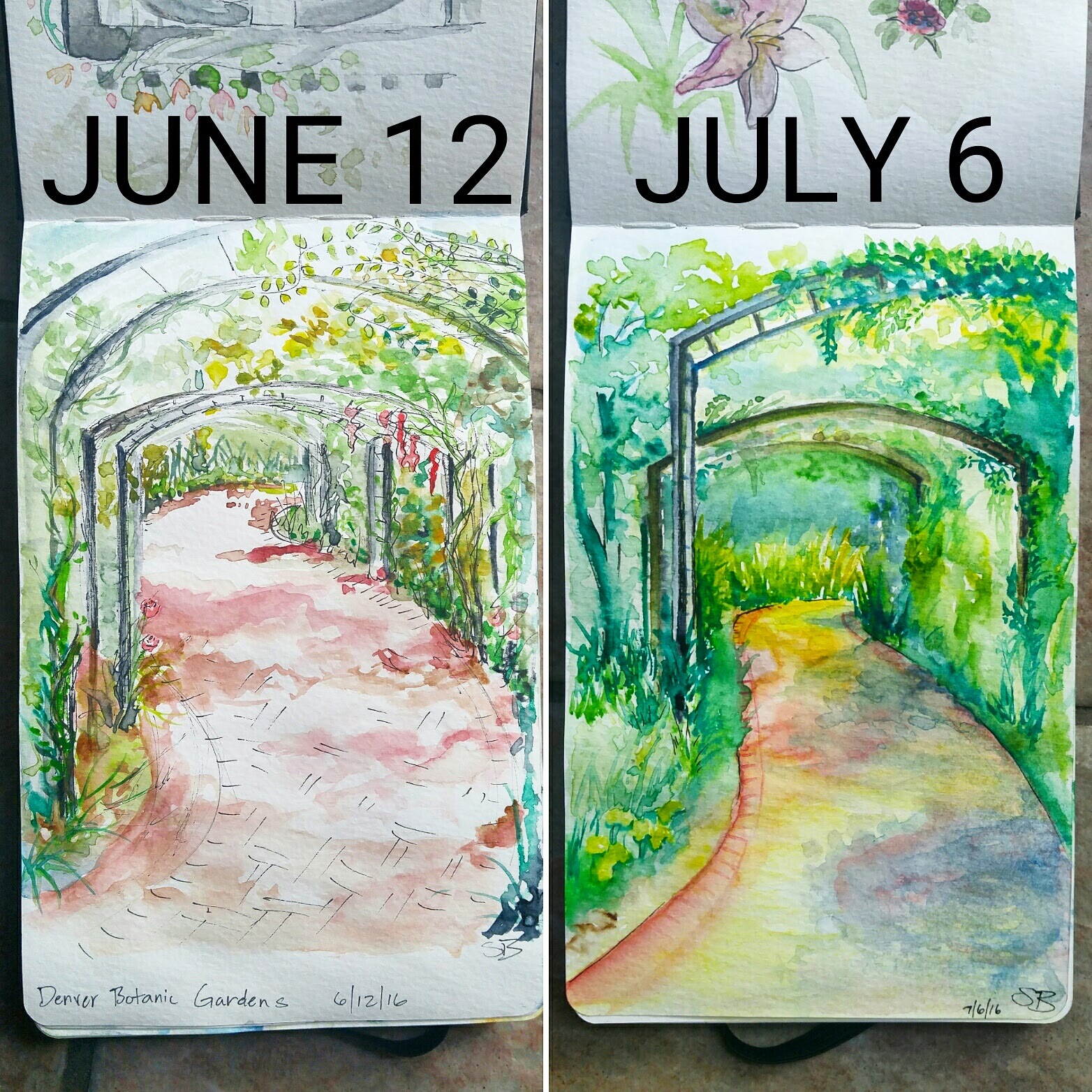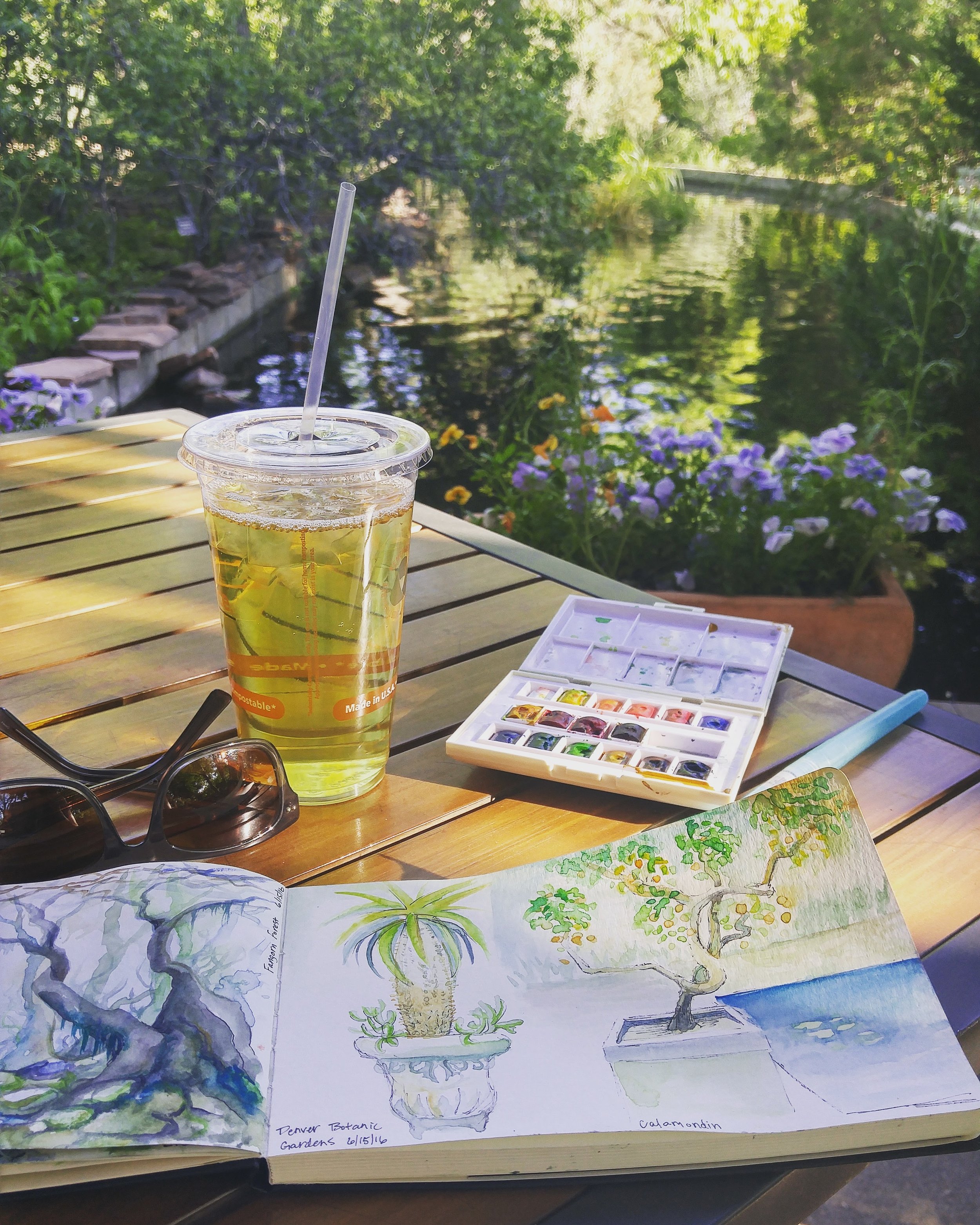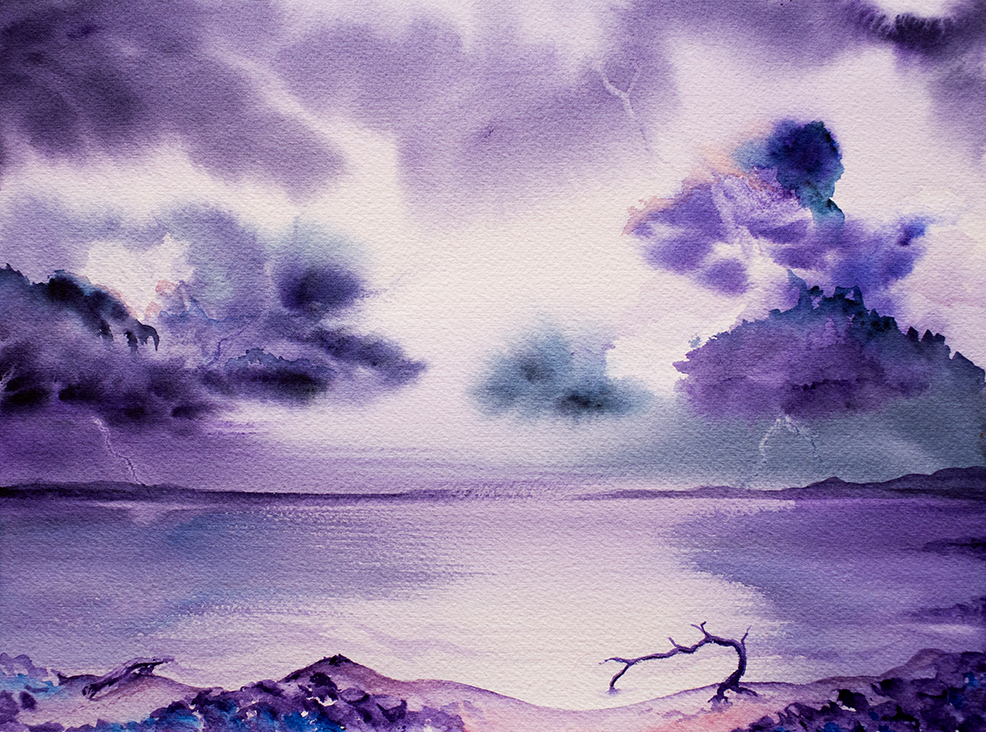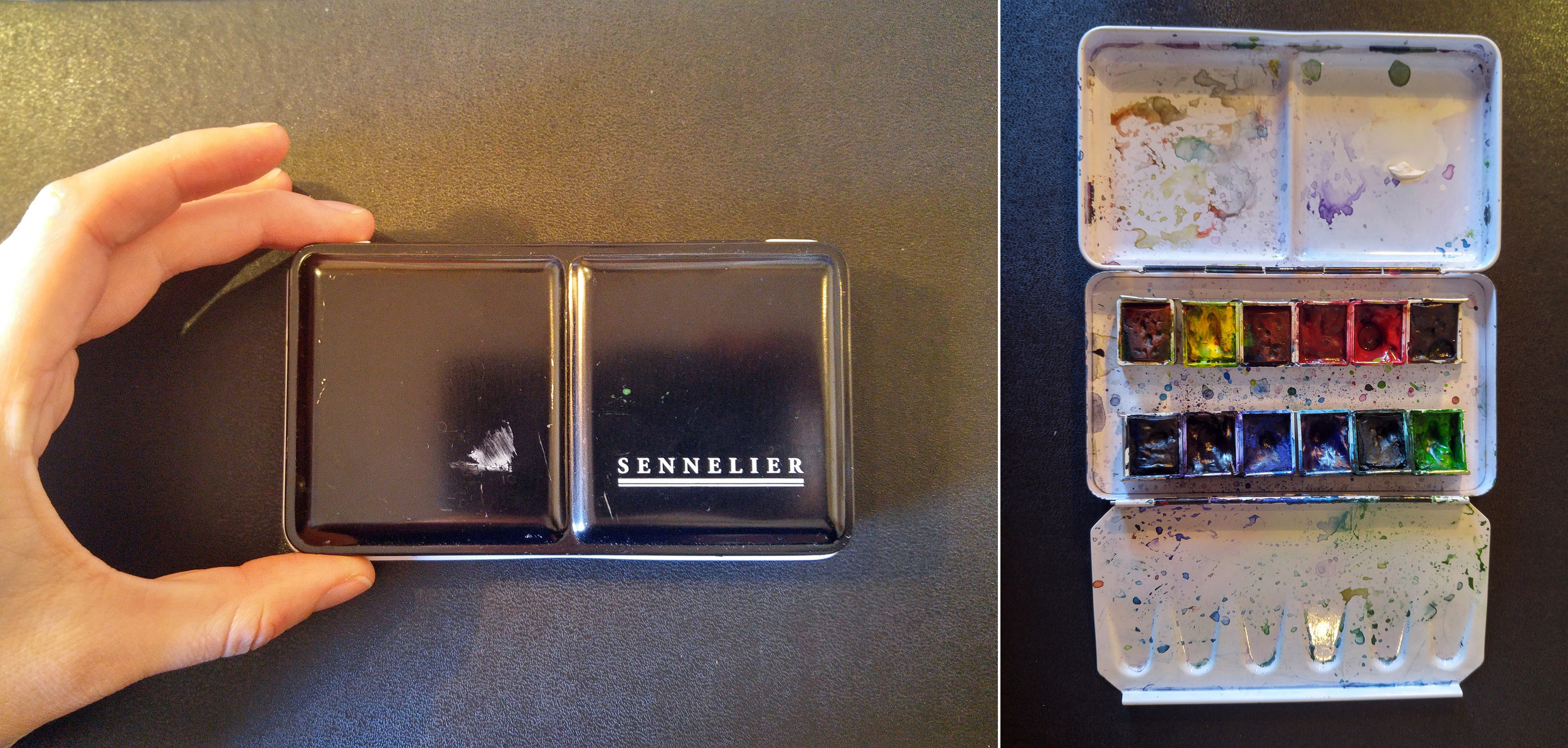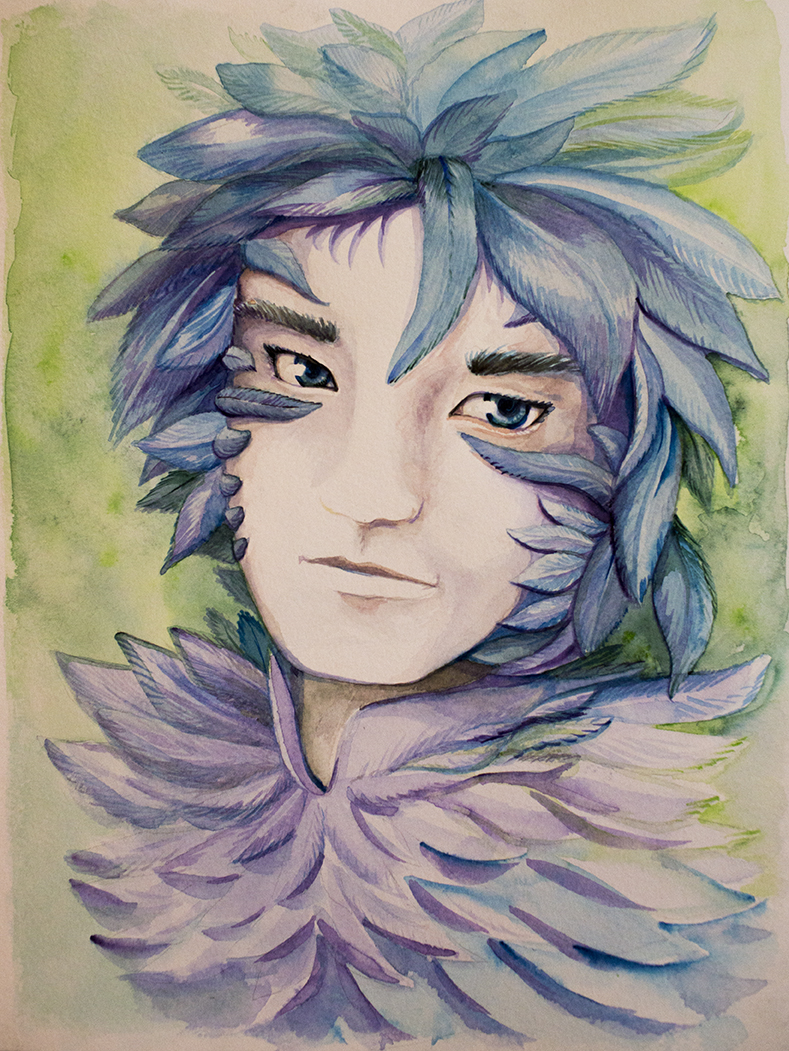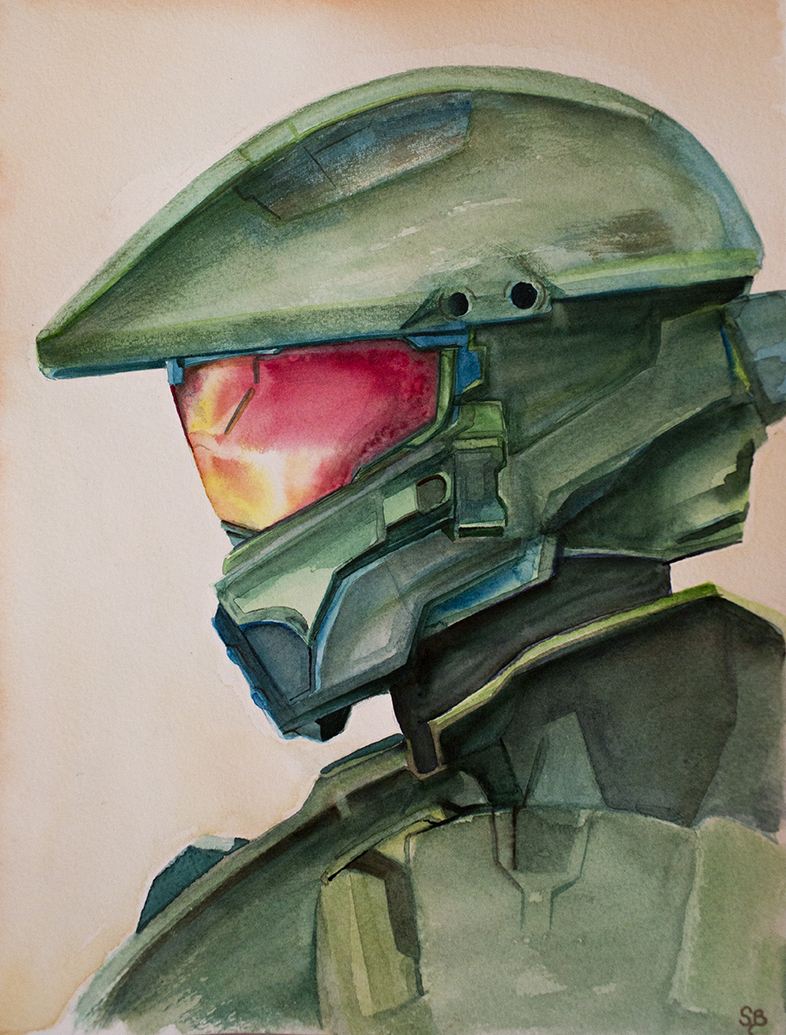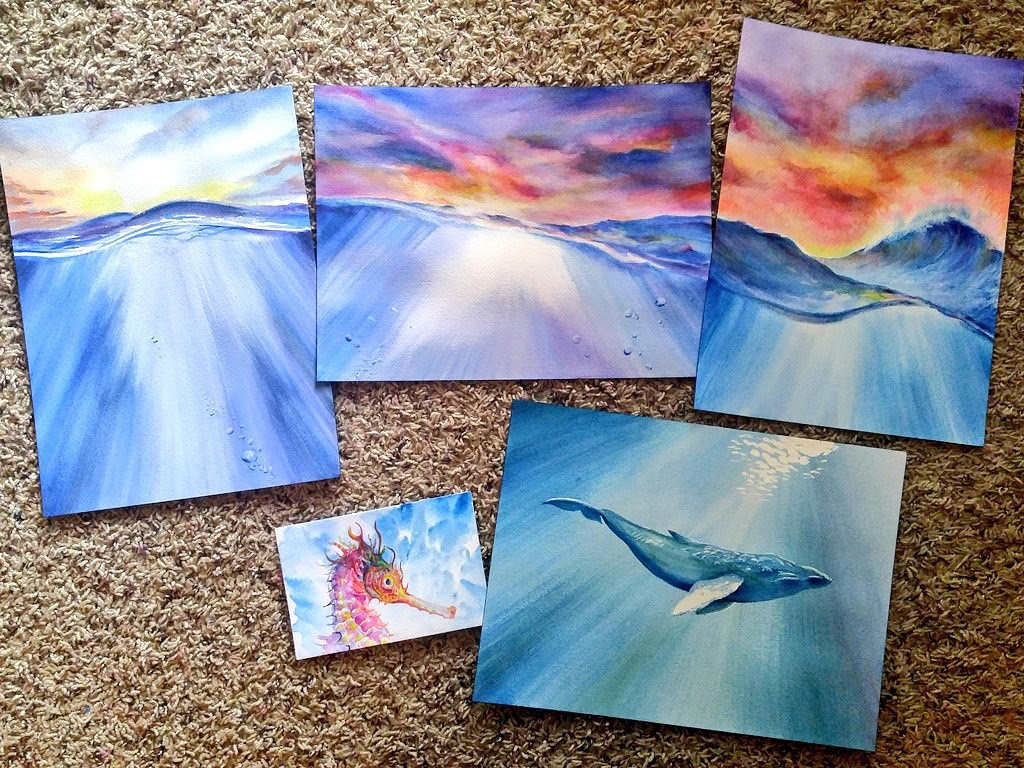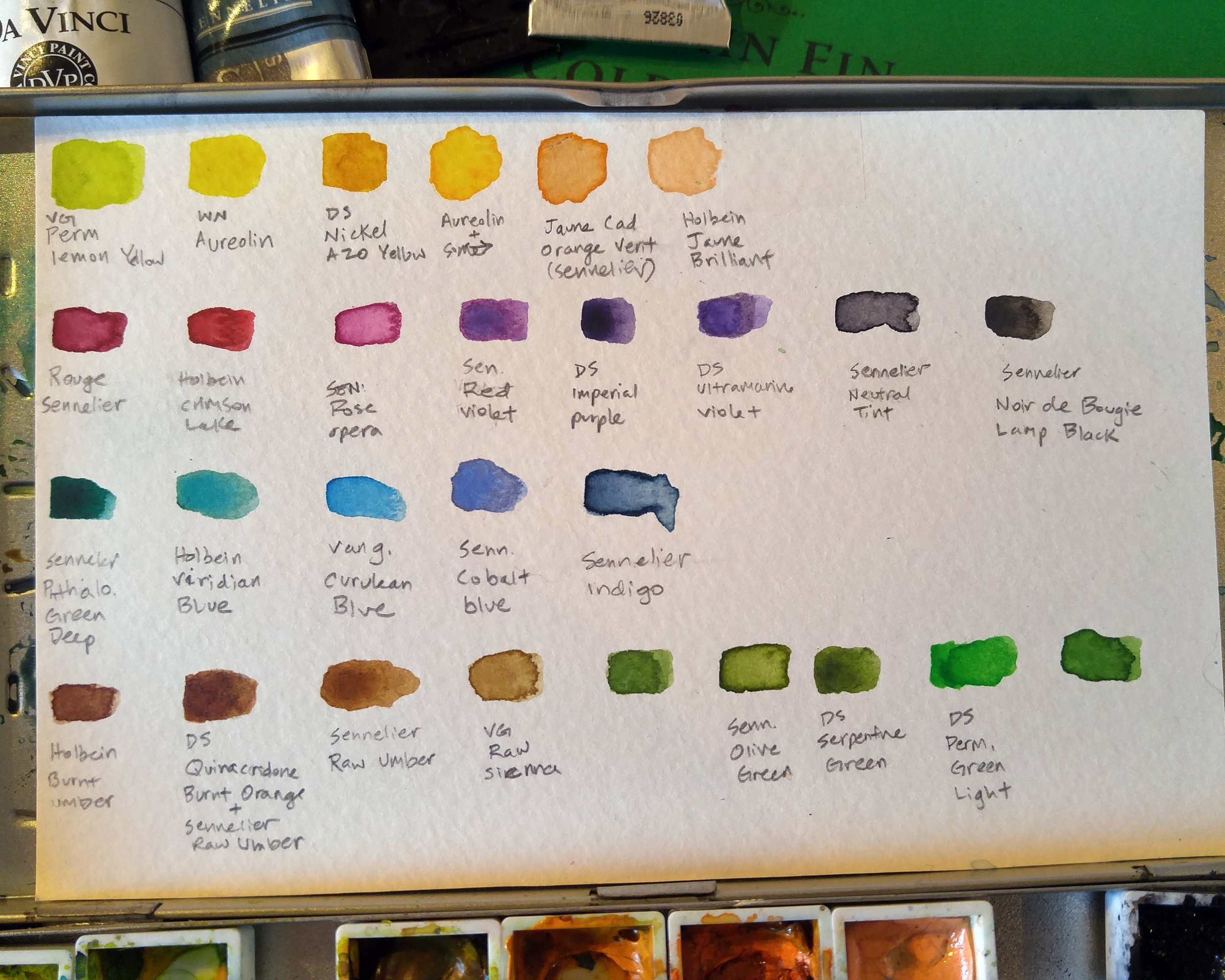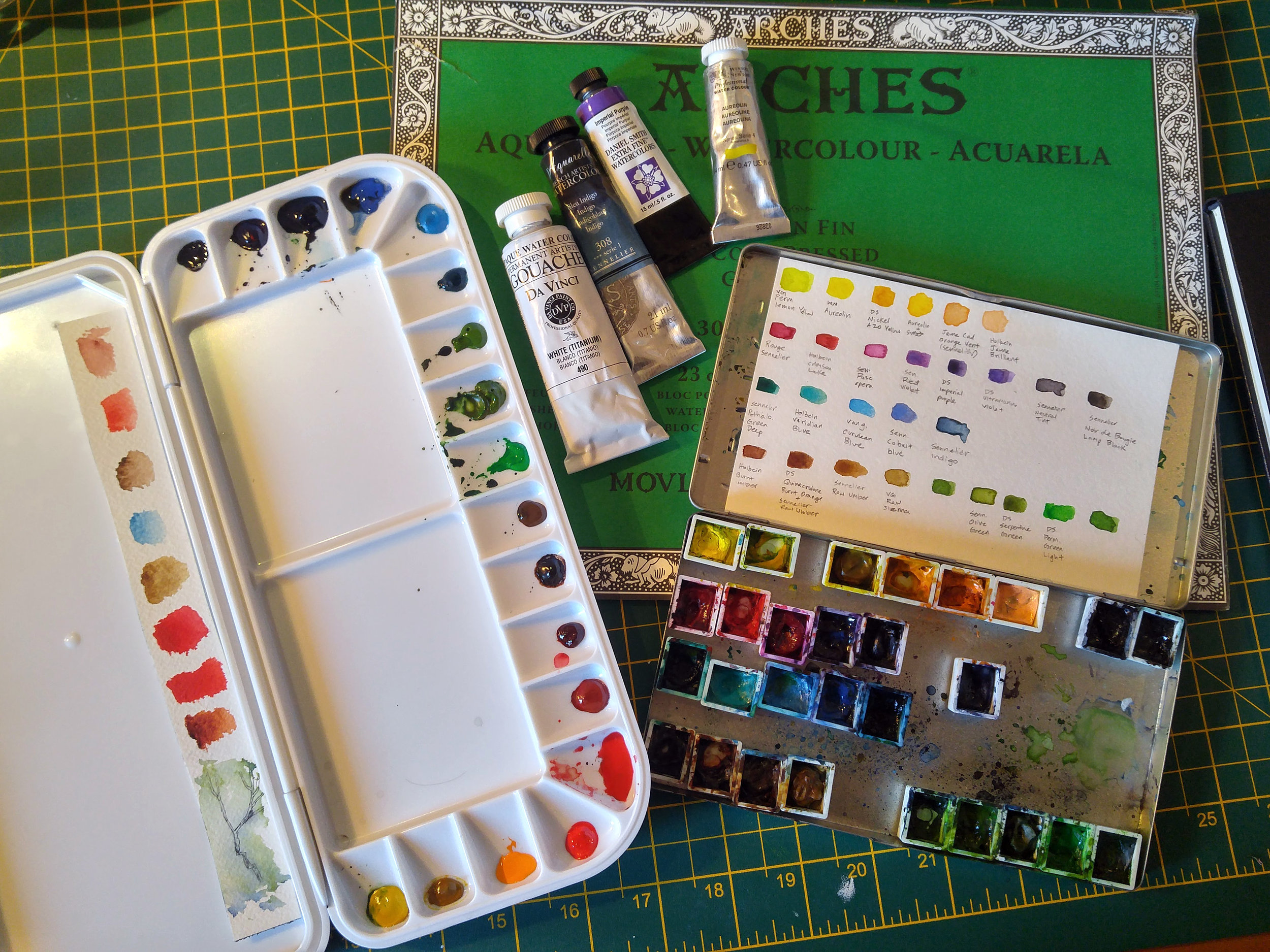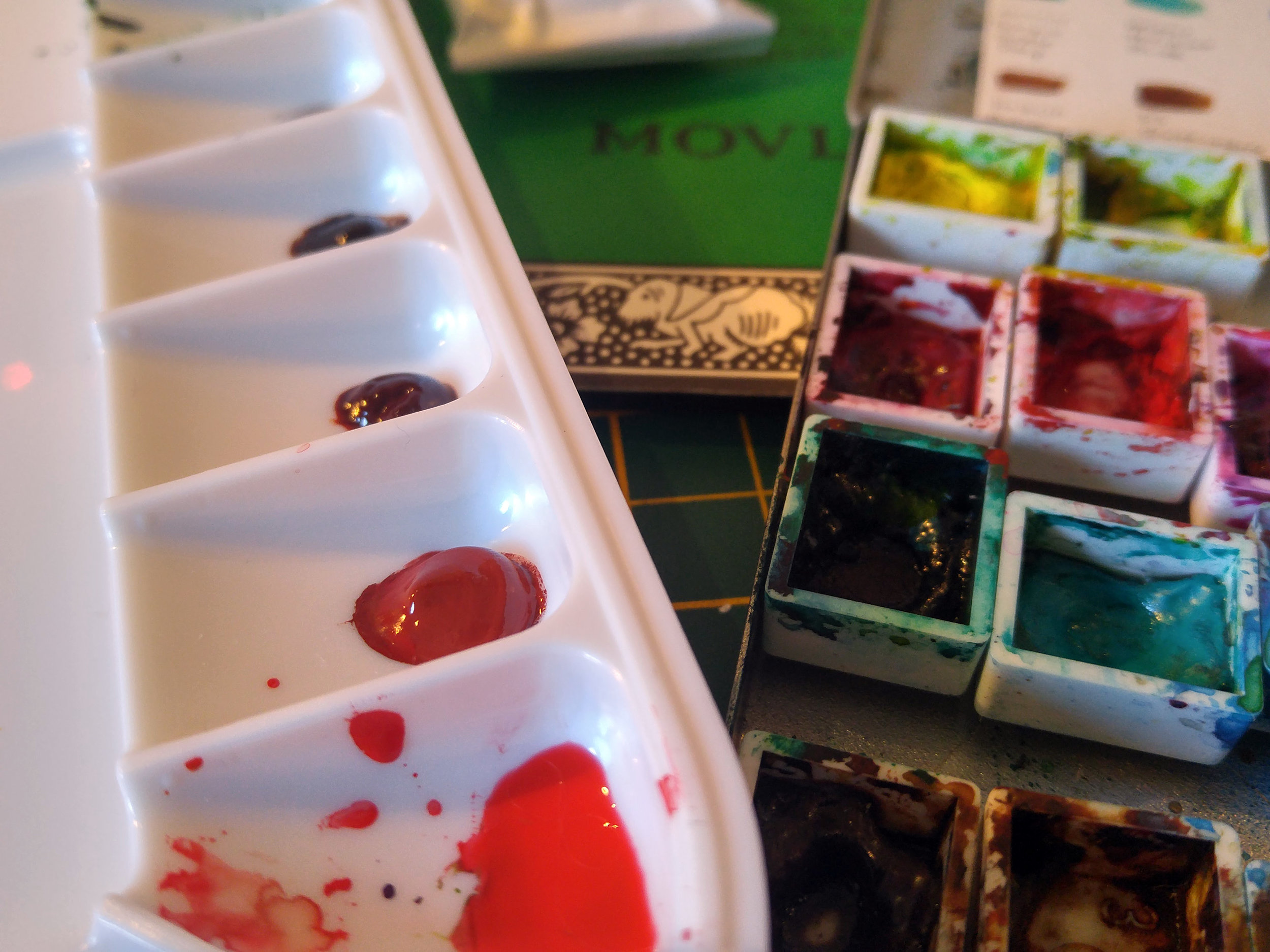One of the hardest things about being a freelance artist is time management.
When you can set your own schedule, it's easy to procrastinate on some things and feel overwhelmed when a deadline approaches.
It's also easy to get overwhelmed by the sheer amount of "background" work that goes into running your own business.
It's not just painting.
It's not just streaming.
It's conceptualizing interesting paintings, sketching, prepping canvas, keeping supply levels up, networking, social media, taking photos of work (or scanning), updating website and portfolios, answering emails, discussing projects with clients, packing and shipping sold artwork...
And that doesn't even include the time I'm streaming, all the admin that goes into streaming full time, collaborations, working on this Blog and keeping up with my Patreon!
So how the heck do you stay organized and on time in the midst of a to-do list the size of your arm?
Part of the fire that drives me comes from the fact that I've ALWAYS wanted to do this with my life. Now that I have this opportunity, I will do anything in my power to keep it going.
That said, I still get burned out.
Having a balance of work & play is really important. For me, it's having at least one day a week where the majority of the day is spent out of my studio doing something fun - mainly hiking and painting outside.
Without that room to breathe, the work load can suffocate me and my creative fire goes out. When I'm overwhelmed, I'm in a terrible mindset for creative work. I learned the hard way that I NEED to have "time off." It's just part of my business.
Secondly, having a consistent work flow is paramount. Without it, chaos reigns. When chaos reigns, productivity, and therefore income, suffers.
My work flow looks something like this:
Commissions
- Receive commission request.
- Respond with pricing and ideas.
- Agree on pricing and idea, send invoice for 1/2 the total amount.
- Once payment is received, start painting.
- Once painting is complete, send preview photos to client.
- Upon approval, send invoice for remaining amount due, plus shipping
- Take high-resolution image of painting for archive.
- Upon final payment, package and ship painting.
- Send tracking info to client.
- Close/archive email.
Sales (Paintings/drawings that I make for fun/personal projects)
- Paint.
- Take high resolution images of final piece.
- Upload to Etsy and publish the listing.
- "Advertise" on social media (not spamming, just once, and repeat a month later if it hasn't sold)
- If someone purchases it, package and ship immediately.
Patreon (two main events each month - the Paintalong, and shipping rewards)
- Choose a date for the next Paintalong.
- Advertise on social media once a week leading up to it.
- Do Paintalong live on stream.
- Collect photos of everyone's work (like herding cats).
- Make final collage of everyone's work.
- Edit and upload video for my Patreons
- Once a month - paint, package, and ship Patreon rewards (this usually takes 3 full days)
Streaming M/W/F/Su
Admin Days T/Th (get LOTS of work done!)
Since I stream full-time, most of my work is created during a stream. So part of my workflow is streaming itself. I make sure I am productive during a stream. I would love to just hang out and chat more with my viewers, but that would mean I wouldn't ever complete my work!
After each stream, I take a photo of what I've completed and share it on social media.
Then the next morning when the sun is out and my studio is full of light, I take a high resolution photo of the finished work for my archives. I always use natural, ambient light when documenting my work.
I hope some of this helps! Your own work flow might be different, but the most important thing is consistency!
If you have any tips or advice, feel free to share it in a comment below!
